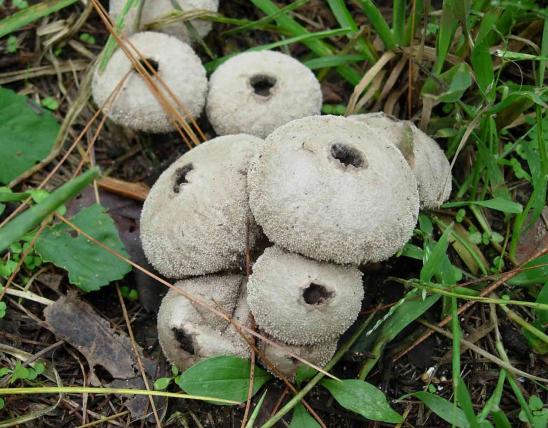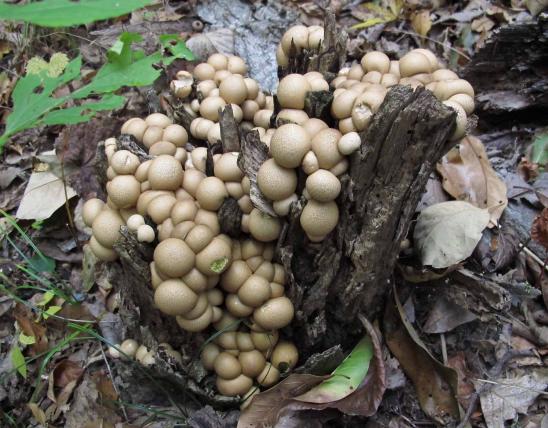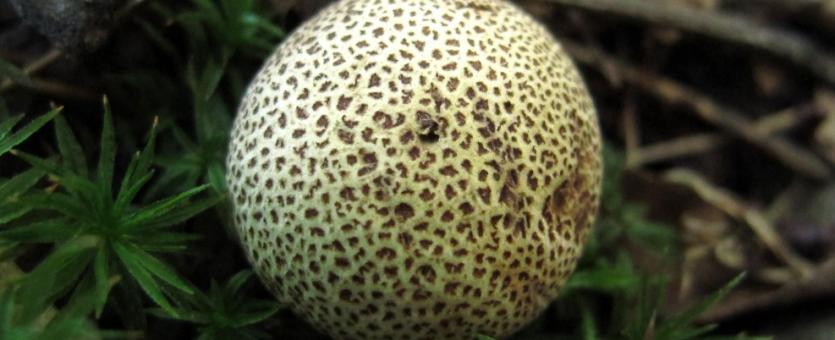
Rounded, warted, yellowish brown ball; flesh blackish purple. Grows on the ground, on wood debris, and near trees in woods. July–October. Fruiting body rounded to flattened; outside yellowish brown; when very young, the inside is nearly white, but soon becomes marbled, then purplish, then blackish with age; texture leathery, thick-skinned, with coarse scales or warts; there is a pore at the top. Spore print blackish brown. Spores magnified are round, ornamented. Unlike edible puffballs, the pigskin puffball has a thick, rindlike skin.
Lookalikes: There are some 20 Scleroderma species in North America. All are relatively tough and have blackish interiors. Usually it takes a specialist, using a microscope to study the spores, to distinguish between them. The pear-shaped puffball (Lycoperdon pyriforme) and gem-studded puffball (L. perlatum) are both white on the inside when young.
Fruiting body width: 1–4 inches; height: 1–2 inches.

Statewide.
Habitat and Conservation
Grows singly or in groups of up to many on the ground, on wood debris, and near trees in woods.
Status
Poisonous. This puffball can cause upset stomach, nausea, and vomiting.
Life Cycle
This species spends most of the year as a network of fungal cells (mycelium) connected to tree roots, in a symbiotic relationship with the tree. (Many trees fare poorly without their fungal partners.) When ready to reproduce, the mycelium develops the “puffball” aboveground. The “ball” is actually a spore sac. When immature, the spore sac is solid inside, but as it matures the inside changes into a mass of powdery spores. The spores puff out from a pore that forms at the top of the sac.
Human Connections
Many inedible and even poisonous fungi have important roles in nature, benefiting humans indirectly by keeping forests productive and healthy. They each also possess a strange beauty in color and form that we can enjoy.
Ecosystem Connections
This is one of many fungus species that help nourish forest trees through symbiosis. The netlike fibers of the fungus cover the surface of a tree’s roots, increasing the surface area and the roots’ ability to absorb water and nutrients. In return, the tree shares nutrients with the fungus.
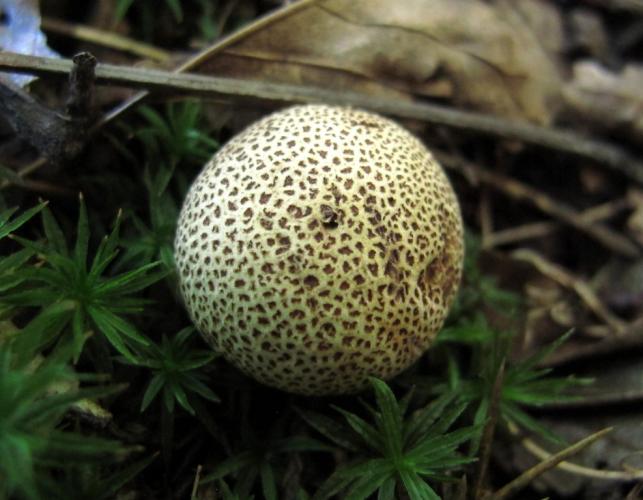
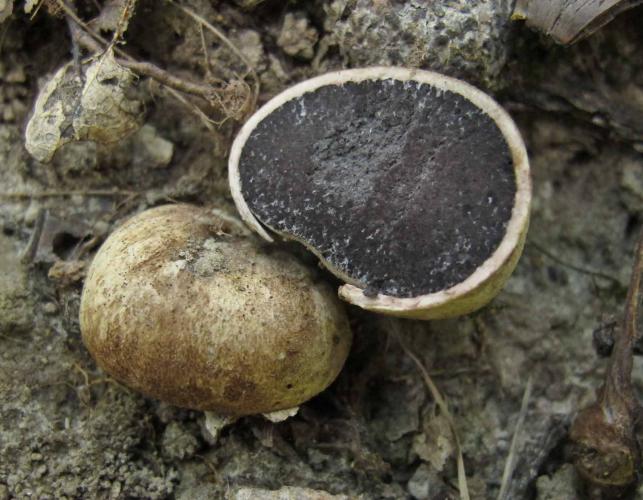

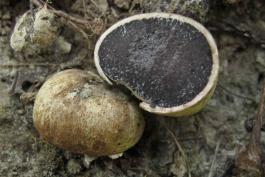
Mushrooms are a lot like plants, but they lack chlorophyll and have to take nutrients from other materials. Mushrooms are neither plants nor animals. They are in a different kingdom — the fungi. Fungi include the familiar mushroom-forming species, plus the yeasts, molds, smuts, and rusts.
Always be cautious when eating edible mushrooms. Be absolutely sure of the ID, and only eat a small amount the first time you try it to avoid a reaction..






















